(转) Deep learning architecture diagrams
FastML
Machine learning made easy
Deep learning architecture diagrams
2016-09-30
Like a wild stream after a wet season in African savanna diverges into many smaller streams forming lakes and puddles, deep learning has diverged into a myriad of specialized architectures. Each architecture has a diagram. Here are some of them.
Neural networks are conceptually simple, and that’s their beauty. A bunch of homogenous, uniform units, arranged in layers, weighted connections between them, and that’s all. At least in theory. Practice turned out to be a bit different. Instead of feature engineering, we now have architecture engineering, as described by Stephen Merrity:
The romanticized description of deep learning usually promises that the days of hand crafted feature engineering are gone - that the models are advanced enough to work this out themselves. Like most advertising, this is simultaneously true and misleading.
Whilst deep learning has simplified feature engineering in many cases, it certainly hasn’t removed it. As feature engineering has decreased, the architectures of the machine learning models themselves have become increasingly more complex. Most of the time, these model architectures are as specific to a given task as feature engineering used to be.
To clarify, this is still an important step. Architecture engineering is more general than feature engineering and provides many new opportunities. Having said that, however, we shouldn’t be oblivious to the fact that where we are is still far from where we intended to be.
Not quite as bad as doings of architecture astronauts, but not too good either.
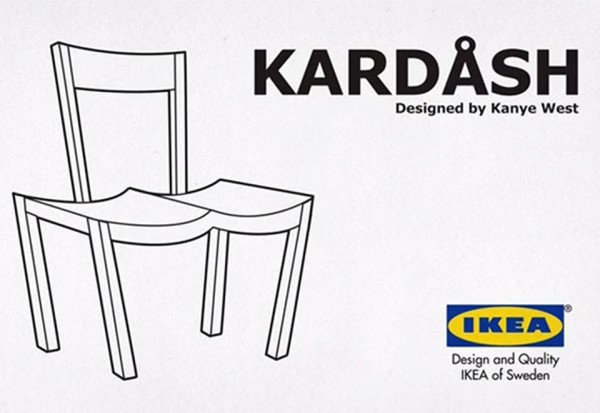
An example of architecture specific to a given task
LSTM diagrams
How to explain those architectures? Naturally, with a diagram. A diagram will make it all crystal clear.
Let’s first inspect the two most popular types of networks these days, CNN and LSTM. You’ve already seen a convnet diagram, so turning to the iconic LSTM:
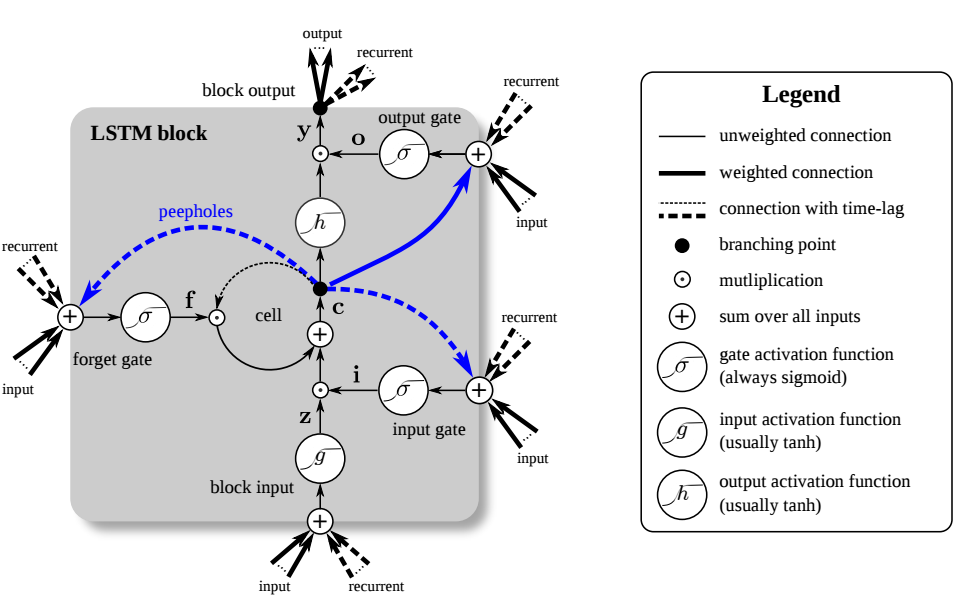
It’s easy, just take a closer look:
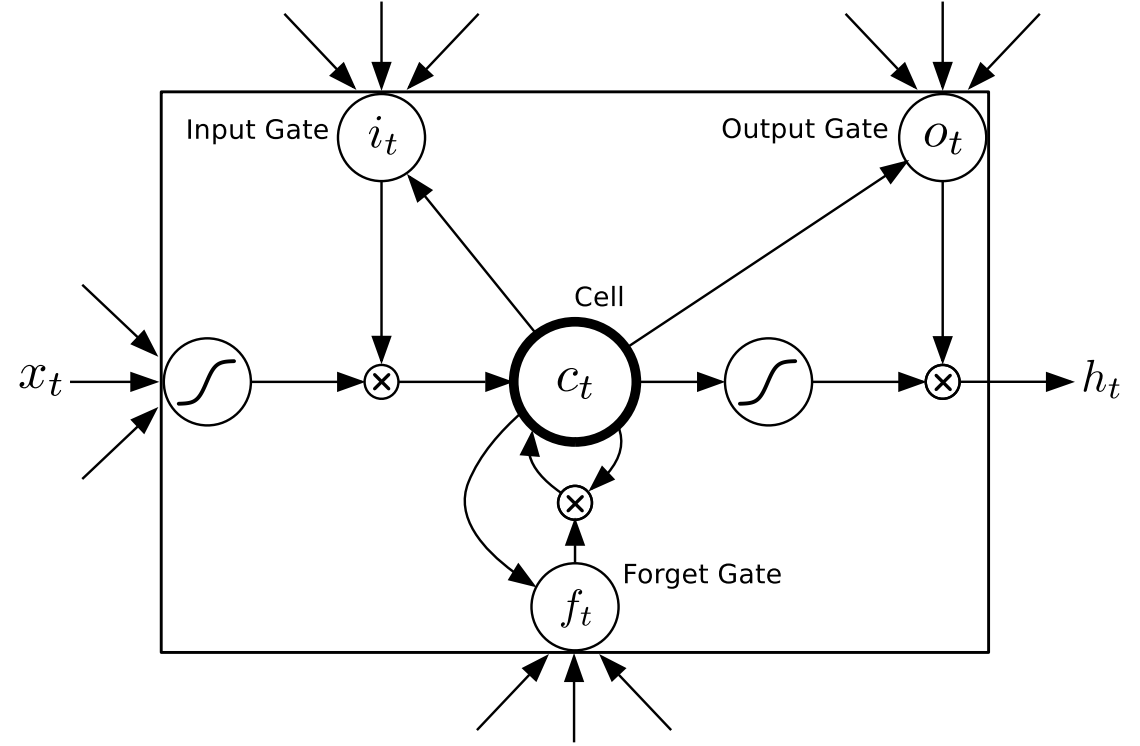
As they say, in mathematics you don’t understand things, you just get used to them.
Fortunately, there are good explanations, for example Understanding LSTM Networks and Written Memories: Understanding, Deriving and Extending the LSTM.
LSTM still too complex? Let’s try a simplified version, GRU (Gated Recurrent Unit). Trivial, really.
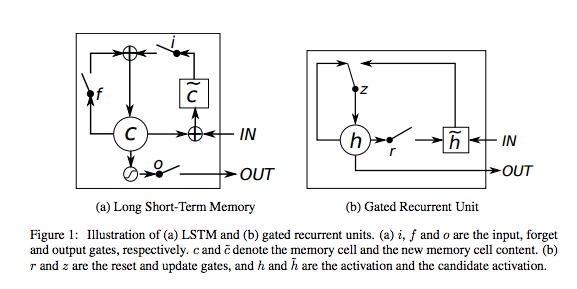
Especially this one, called minimal GRU.
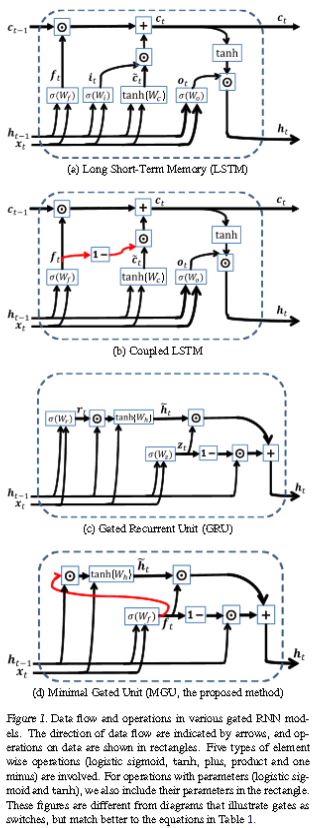
More diagrams
Various modifications of LSTM are now common. Here’s one, called deep bidirectional LSTM:

DB-LSTM, PDF
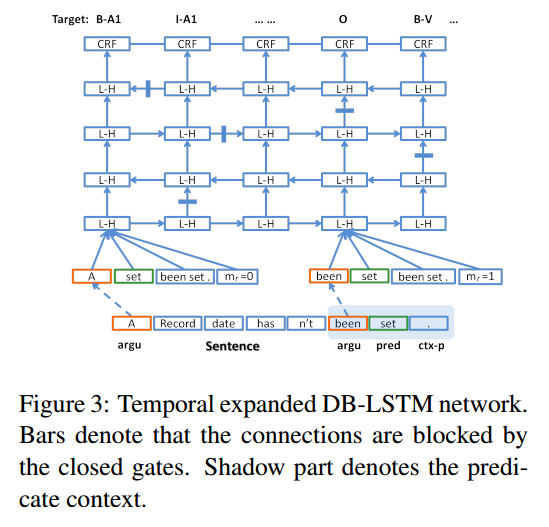
The rest are pretty self-explanatory, too. Let’s start with a combination of CNN and LSTM, since you have both under your belt now:
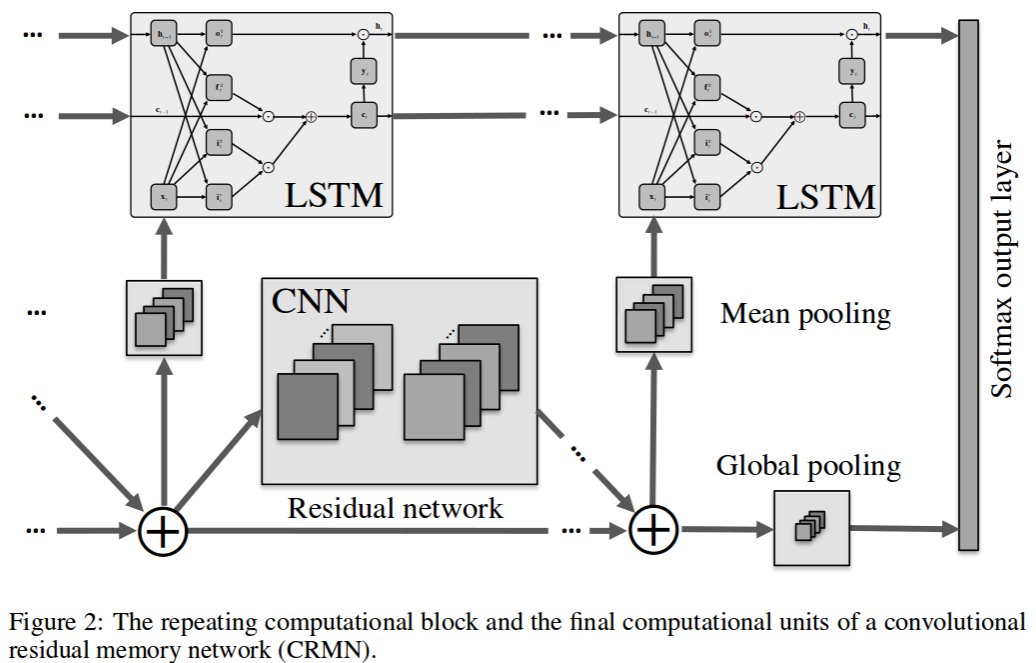
Convolutional Residual Memory Network, 1606.05262
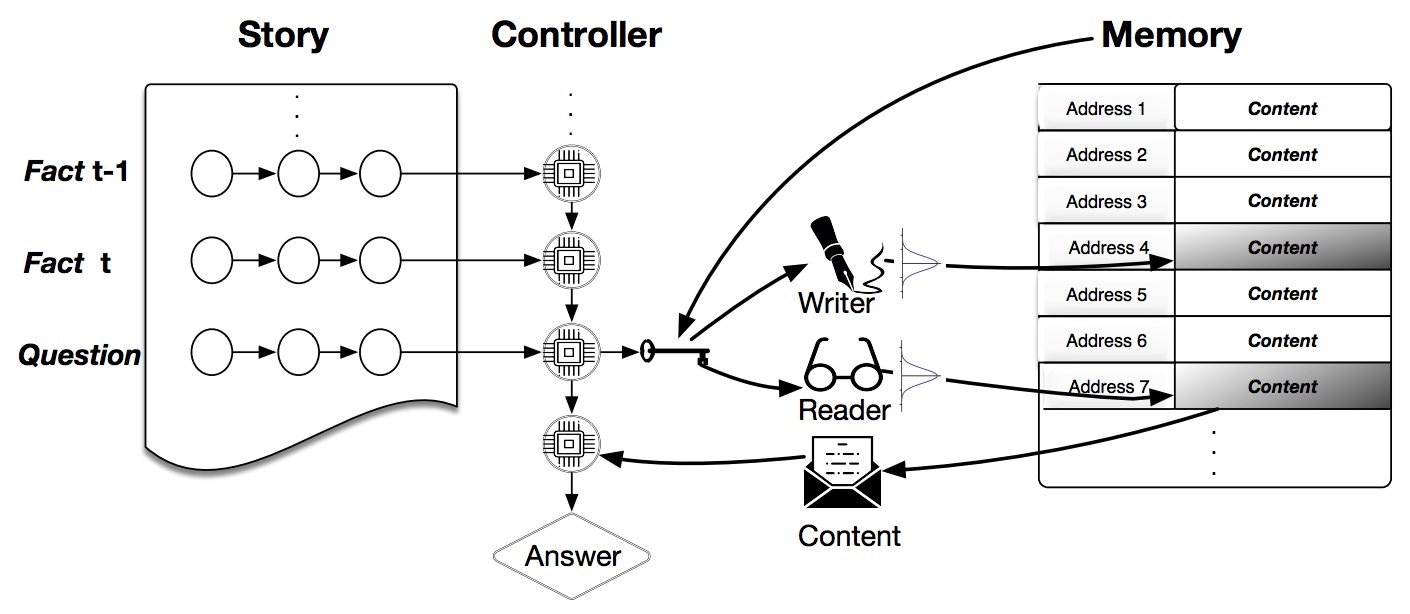
Dynamic NTM, 1607.00036

Evolvable Neural Turing Machines, PDF
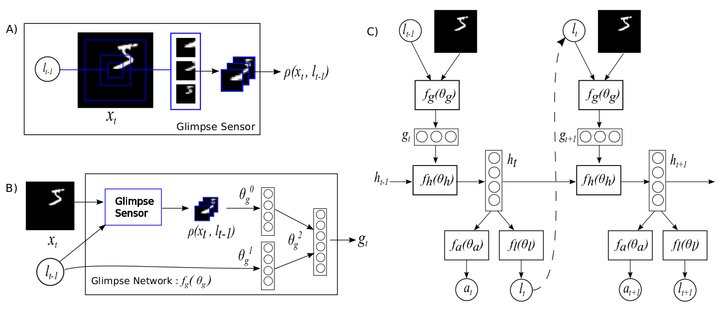
Recurrent Model Of Visual Attention, 1406.6247
Unsupervised Domain Adaptation By Backpropagation, 1409.7495

Deeply Recursive CNN For Image Super-Resolution, 1511.04491
This diagram of multilayer perceptron with synthetic gradients scores high on clarity:

MLP with synthetic gradients, 1608.05343

Every day brings more. Here’s a fresh one, again from Google:
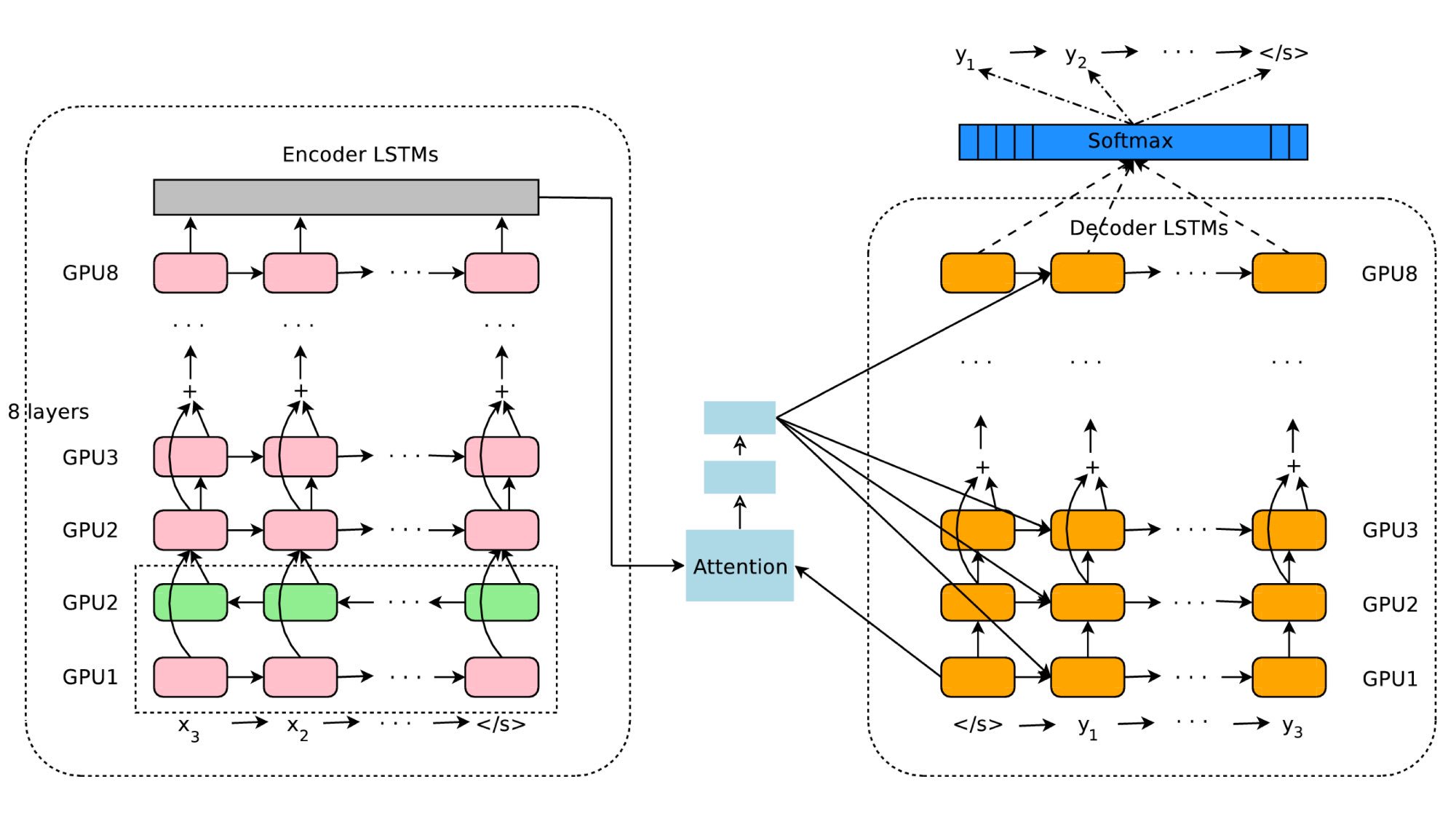
Google’s Neural Machine Translation System, 1609.08144
And Now for Something Completely Different
Drawings from the Neural Network ZOO are pleasantly simple, but, unfortunately, serve mostly as eye candy. For example:
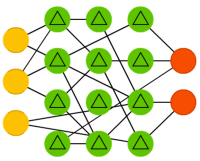


ESM, ESN and ELM
These look like not-fully-connected perceptrons, but are supposed to represent a Liquid State Machine, an Echo State Network, and an Extreme Learning Machine.
How does LSM differ from ESN? That’s easy, it has green neuron with triangles. But how does ESN differ from ELM? Both have blue neurons.
Seriously, while similar, ESN is a recursive network and ELM is not. And this kind of thing should probably be visible in an architecture diagram.

Posted by Zygmunt Z. 2016-09-30 basics, neural-networks
« Factorized convolutional neural networks, AKA separable convolutions
Comments
Recent Posts
- Deep learning architecture diagrams
- Factorized convolutional neural networks, AKA separable convolutions
- How to make those 3D data visualizations
- Adversarial validation, part two
- ^one weird trick for training char-^r^n^ns
- Adversarial validation, part one
- Coming out
Follow @fastml for notifications about new posts.
- Status updating...
Also check out @fastml_extra for things related to machine learning and data science in general.
GitHub
Most articles come with some code. We push it to Github.
Cubert
Visualize your data in interactive 3D, as described here.
Copyright © 2016 - Zygmunt Z. - Powered by Octopress
(转) Deep learning architecture diagrams的更多相关文章
- 15 cvpr An Improved Deep Learning Architecture for Person Re-Identification
http://www.umiacs.umd.edu/~ejaz/ * 也是同时学习feature和metric * 输入一对图片,输出是否是同一个人 * 包含了一个新的层: include a lay ...
- Deep Learning in a Nutshell: History and Training
Deep Learning in a Nutshell: History and Training This series of blog posts aims to provide an intui ...
- 深度学习材料:从感知机到深度网络A Deep Learning Tutorial: From Perceptrons to Deep Networks
In recent years, there’s been a resurgence in the field of Artificial Intelligence. It’s spread beyo ...
- 【Deep Learning】genCNN: A Convolutional Architecture for Word Sequence Prediction
作者:Mingxuan Wang.李航,刘群 单位:华为.中科院 时间:2015 发表于:acl 2015 文章下载:http://pan.baidu.com/s/1bnBBVuJ 主要内容: 用de ...
- Why GEMM is at the heart of deep learning
Why GEMM is at the heart of deep learning I spend most of my time worrying about how to make deep le ...
- 【深度学习Deep Learning】资料大全
最近在学深度学习相关的东西,在网上搜集到了一些不错的资料,现在汇总一下: Free Online Books by Yoshua Bengio, Ian Goodfellow and Aaron C ...
- (转) Awesome - Most Cited Deep Learning Papers
转自:https://github.com/terryum/awesome-deep-learning-papers Awesome - Most Cited Deep Learning Papers ...
- (转) Deep Learning Research Review Week 2: Reinforcement Learning
Deep Learning Research Review Week 2: Reinforcement Learning 转载自: https://adeshpande3.github.io/ad ...
- deep learning 的综述
从13年11月初开始接触DL,奈何boss忙or 各种问题,对DL理解没有CSDN大神 比如 zouxy09等 深刻,主要是自己觉得没啥进展,感觉荒废时日(丢脸啊,这么久....)开始开文,即为记录自 ...
随机推荐
- Java 序列化 反序列化 历史版本处理
直接引用 http://www.cnblogs.com/xdp-gacl/p/3777987.html
- 简单回忆一下JavaScript中的数据类型
说到JavaScript,大家都应该知道,它是一门脚本语言,也是一门弱类型语言,也是一门解析型的语言,同时也是一门动态类型的语言. 很好,至于JavaScript中数据类型.其分为基本数据类型和复杂数 ...
- Security » Authorization » 基于声明的授权
Claims-Based Authorization¶ 基于声明的授权 142 of 162 people found this helpful When an identity is created ...
- cxf笔记记录
一.Web Service框架介绍: 1. WebService框架的作用: -- WebService只是一种思想,不是一个具体的框架. -- 它也是javaEE的规范. -- 它可以跨平台(操作平 ...
- Windows下配置OpenGL环境
这里编译工具为VS2012. 首先OpenGL的官网如下链接(英文) http://www.opengl.org http://www.opengl.org/resources/libraries/g ...
- jquery 失去焦点时输入框为空时自动填写默认内容
$("#address").focus(function () { // 地址框获得鼠标焦点 var txt_value = $(this).val(); // 得到当前文本框的值 ...
- hadoop运行原理之Job运行(一) JobTracker启动及初始化
这部分的计划是这样的,首先解释JobTracker的启动过程和作业从JobClient提交到JobTracker上:然后分析TaskTracker和heartbeat:最后将整个流程debug一遍来加 ...
- php的特性
PHP的特性包括: 1. PHP 独特的语法混合了 C.Java.Perl 以及 PHP 自创新的语法. 2. PHP可以比CGI或者Perl更快速的执行动态网页——动态页面方面,与其他的编程语言相比 ...
- touch id 开发
min platform : 8.0 #import <LocalAuthentication/LocalAuthentication.h> LAContext *context = [[ ...
- NSURLCache 和 NSCache 的区别
NSURLCache 和 NSCache 的区别 NSURLCache提供的是URL Request缓存,可以在Memory和Disk上:NSCache提供了HTTP Request外的东西的缓存方式 ...

